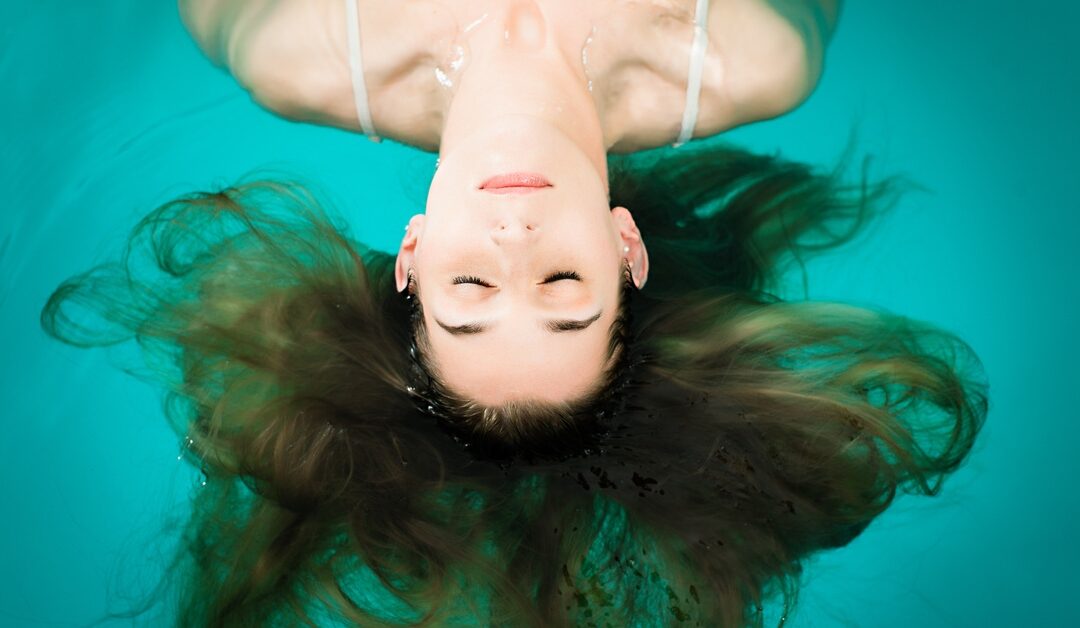Zen gardens, spas, wellness centers, meditation rooms all offer an opportunity to find peace. One of the consistent ways these spaces cultivate harmony is by incorporating the element of water to foster tranquility. Aquatic-based therapy and wellness aids in relaxation and mindfulness for a wide variety of routines.
Calm the Mind: The Mental Health Benefits
Exposure to the soothing imagery of water has been shown to lower cortisol levels (the stress hormone) and reduce heart rate and blood pressure. Similar to how art therapy benefits your health through calming visuals, aquatic therapy has a multisensory impact with sights, sounds, and tactile sensations that work together to calm the nervous system.
The gentle motion of water and its reflective surface creates a meditative effect. Therapists often use water imagery in guided meditations, such as imagining oneself floating on a calm lake or watching a stream carry leaves away, symbolizing letting go of negative thoughts or feelings.
Immersive aquatic therapy experiences provide a multisensory approach to wellness by releasing physical pressure from the body. Simultaneously, water-based therapy reduces hyper-sensory responses. Floating in a sensory deprivation tank is a popular example of this.
Heal the Body: Physical Health Gains
Beyond mental health, aquatic-based therapy excels at addressing physical well-being. The natural buoyancy of water supports the body, reducing the impact on joints and allowing for smooth, pain-free movement. Aquatic therapy is ideal for recovering from injuries or chronic conditions such as arthritis.
Simultaneously, resistance from water, especially when aided by swimming fins, helps build strength and improve cardiovascular health without putting undue strain on the body.
What’s remarkable is how these physical health benefits also further benefit mental health. Exercise in water releases endorphins, the “feel-good” hormones that help boost your mood. The activity also improves circulation and promotes relaxation, creating a holistic sense of well-being.
Flow Into Balance
Water holds deep symbolic meaning across cultures, often representing life, renewal, and healing. This universal symbolism can resonate with individuals on a personal and emotional level. Mindfulness practices usually incorporate water visuals, such as watching ripples on a pond or waves lapping at the shore, to help individuals ground themselves and find mental clarity.
Whether walking along a river, lake, or beach or watching videos of fish swimming in an aquarium, you can find small ways to incorporate the aquatic therapeutic and wellness benefits into your lifestyle. It can reduce your blood pressure and stress in everyday life, positively supporting your personal and professional day-to-day in a significant way.

